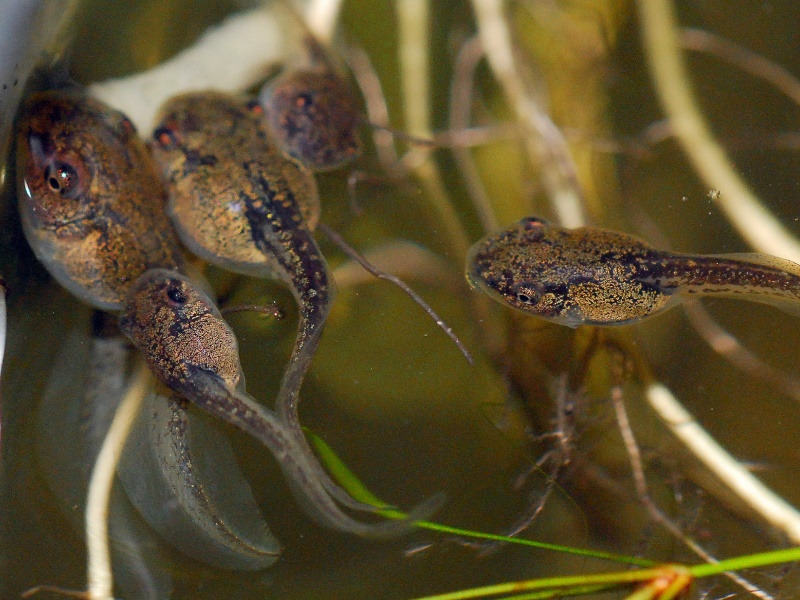-
Tips for becoming a good boxer - November 6, 2020
-
7 expert tips for making your hens night a memorable one - November 6, 2020
-
5 reasons to host your Christmas party on a cruise boat - November 6, 2020
-
What to do when you’re charged with a crime - November 6, 2020
-
Should you get one or multiple dogs? Here’s all you need to know - November 3, 2020
-
A Guide: How to Build Your Very Own Magic Mirror - February 14, 2019
-
Our Top Inspirational Baseball Stars - November 24, 2018
-
Five Tech Tools That Will Help You Turn Your Blog into a Business - November 24, 2018
-
How to Indulge on Vacation without Expanding Your Waist - November 9, 2018
-
5 Strategies for Businesses to Appeal to Today’s Increasingly Mobile-Crazed Customers - November 9, 2018
Tadpoles Infected by New Microbe
Since this mysterious parasite affects the tadpoles, then it greatly affects the outcome of the frog population. It appears that parasites are getting into the livers of tadpoles, causing disease to spread quickly.
Advertisement
Tadpoles are contracting a new, highly infectious disease that may be threatening frog populations worldwide, British scientists have found.
A mounting body of research suggests that frogs, salamanders, newts and other amphibians are under increasing threat from factors including climate change, habitat loss and disease.
According to the study’s lead author, there is a need for an answer as to how this infection can be lessened, stopped or prevented to successfully protect the rest of the amphibians worldwide from suffering the same fate and, thus, delivering an effective blow to our environment.
The researchers (from University of Exeter and the Natural History Museum) tested the samples using molecular techniques and concluded that the infectious agent is a distant relative of Perkinsea parasite (common in aquatic animals and algae).
During the course of the study, tadpole specimens were taken from six different countries and were tested for “protists” which are single celled microbes that stores DNA inside a nucleus, similar to human cells. If we allow this new microbe to roam free we are simply encouraging the frogs’ extinction.
According to Thomas Richards of the University of Exeter, to date, global frog populations are now experiencing serious declines and suffering from this infectious disease that is considered to be a major factor. “Our work has revealed a previously unidentified microbial group that infects tadpole livers in frog populations across the globe”.
There is speculation among scientists that the reason behind this extinction is Earth’s adaptation to the sixth “mass extinction event”.
Advertisement
Out of all animal groups, amphibians remain the most threatened. Species are going extinct at such a rate that it can be compared to the death of the dinosaurs, which occurred in just 250 years.




























